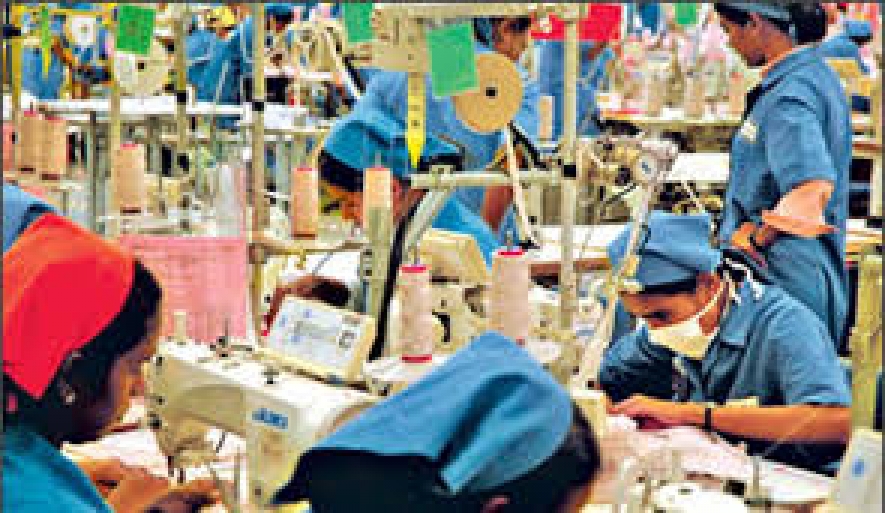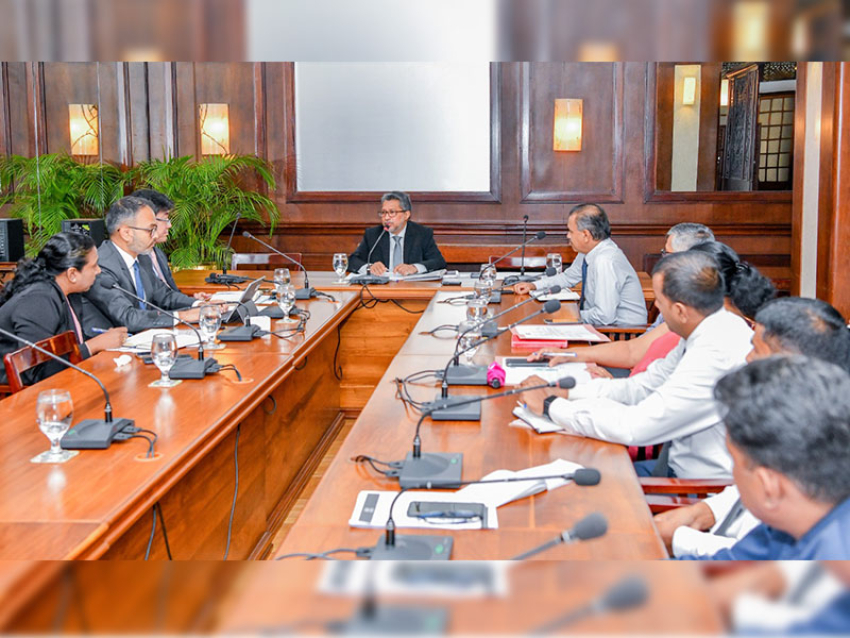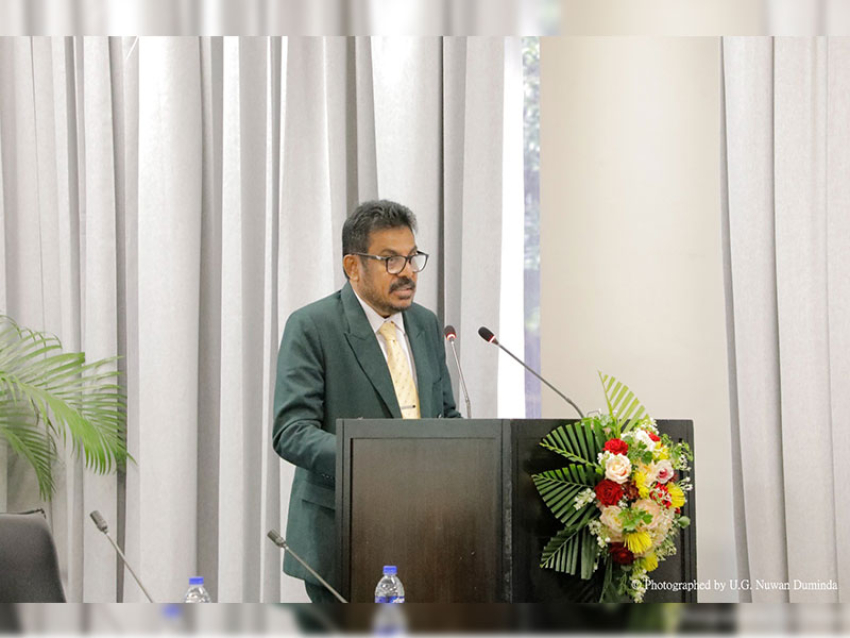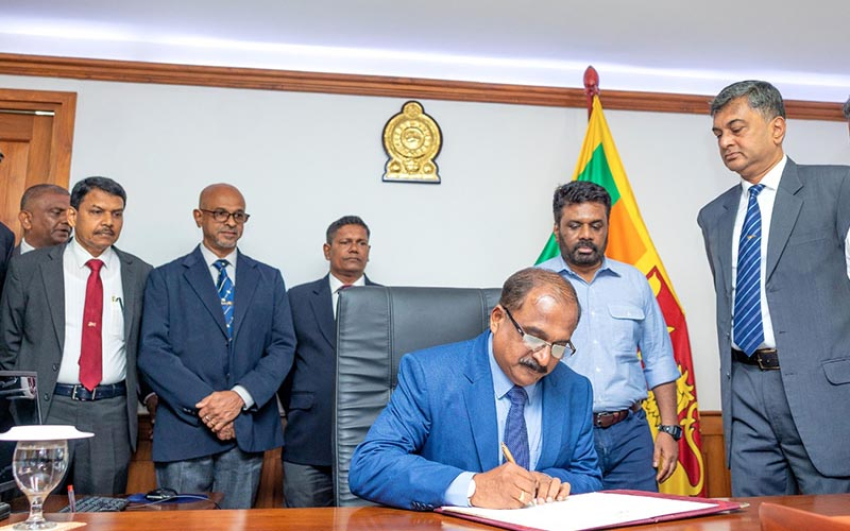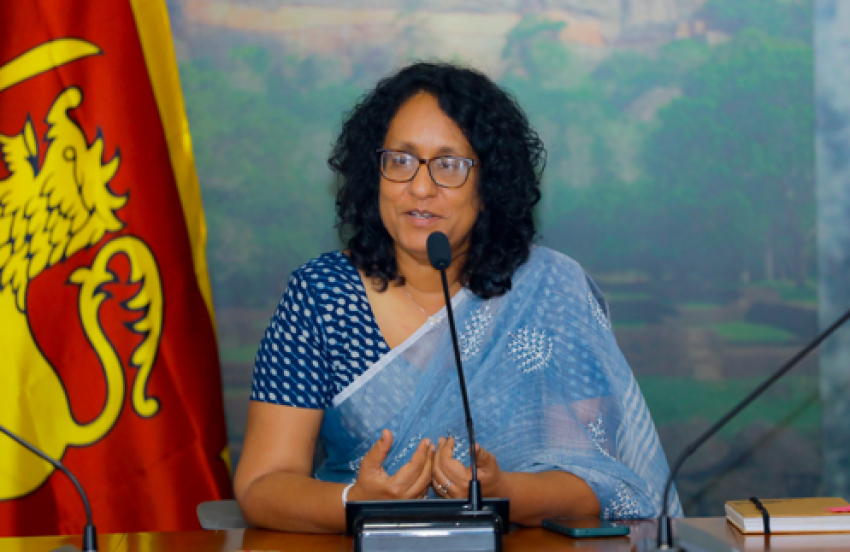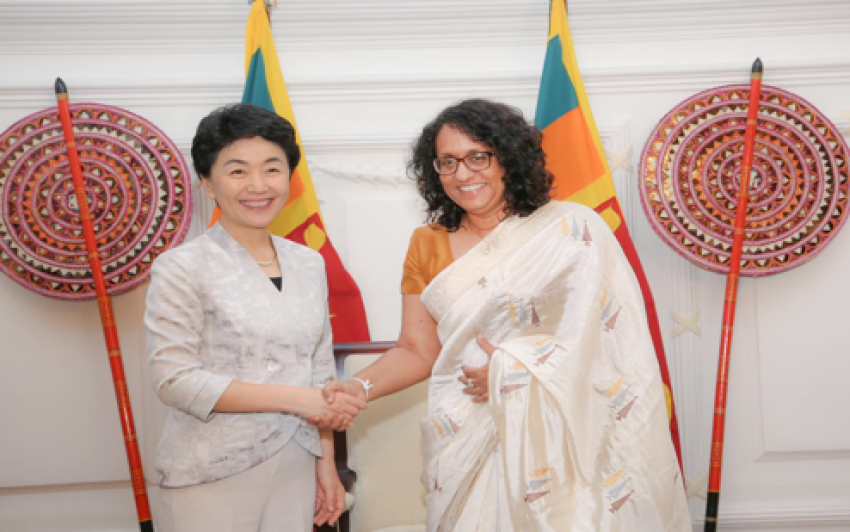The country recorded $ 4.88 billion for apparel exports last year and together with textile exports, the earnings crossed the $ 5 billion mark for the first time.“The sector recorded a negative growth in 2016 and was able to convert it to a positive 1.93 percent growth by the end of last year. There has been $ 450 million worth of exports so far and we expect the sector to perform well to reach the $ 5 billion mark,” he said.
With the Anti dumping laws in place, entering in to trade agreements will have far reaching benefits.However, we need to ensure products are competitive and have in place a structural adjustment program to facilitate this effort.
The skills development aspect is given careful consideration and as there is a labour shortage in the sector, we need to encourage more youth to join the industry, Cooray said. “Our co-competencies are rooted in Sri Lanka and we need to integrate the supply chain while meeting the needs of the international buyers.
As most of the competing countries including Bangladesh, Vietnam, India, Indonesia, China and Ethiopia are producing for international markets, we should understand the change of the circumstances and work accordingly,” he said.
“We have undertaken a serious survey on the perception of society towards the apparel sector workforce. The outcomes of this survey will be made use for image building. As we are responsible for the social stigma attached to the industry, we need to seriously address this situation if we are to attract new blood in to the industry for its long run, he said.
The country earns 43 percent of its foreign exchange through apparel and textile exports.With the limited supply base, the apparel industry faces competition for labor. No worker is happy to be a monotonous machine operator and their services should be appreciated. However, our education systems also has its limitations and this has further hampered the progress of the sector,” he said.
“The trade agreements are important to penetrate global markets. The SAARC region could become a base for apparel sourcing and also a market for finished products. Sri Lanka is considered one of the best in the region for sewing apparel. However, the way forward will be the use of multi-task machines which have both positive as well as negative impacts, he said.

